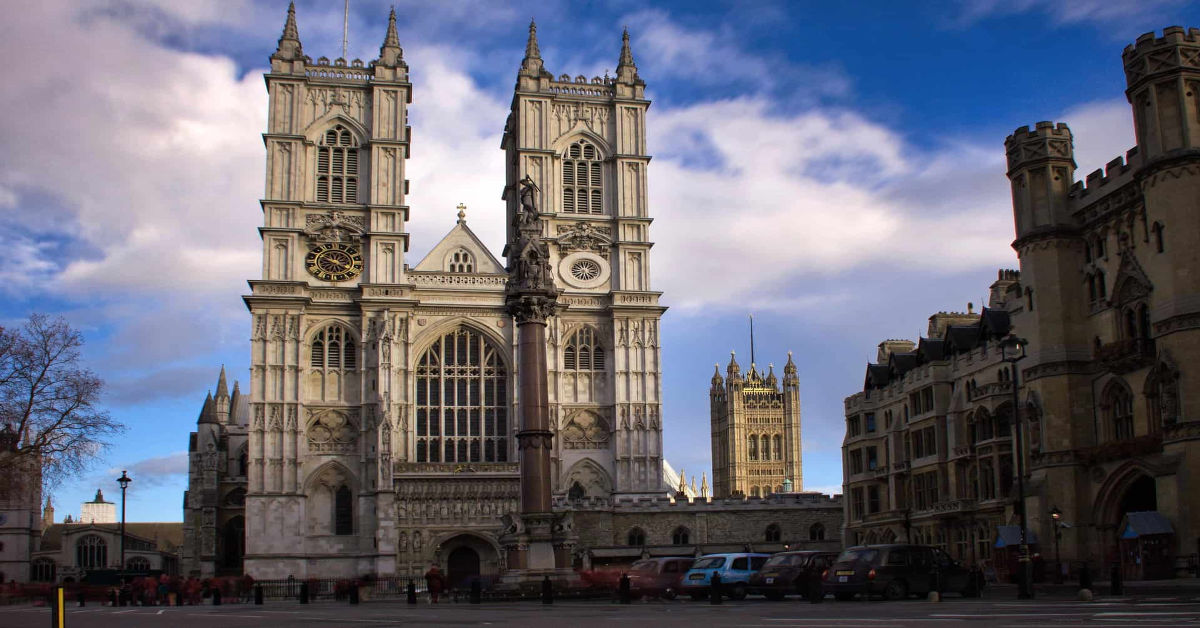In the vibrant world of faith communities, churches play a pivotal role in bringing people together, fostering spiritual growth, and serving their communities. However, as a church grows and evolves, having a well-defined structure becomes essential to navigate challenges and ensure smooth operations. One critical aspect of this structure is the array of legal documents that govern how a church functions. Understanding What Documents Control a Churches Structure is vital for church leaders and members alike.
This article will guide you through the various documents necessary for establishing and maintaining a church’s structure, helping you ensure compliance, avoid conflicts and promote effective governance.
The Importance of Legal Documents for Churches
Establishing a Solid Foundation
Legal documents serve as the backbone of any church. They provide clarity on governance, decision-making processes, and responsibilities, ensuring that everyone involved understands their roles. Proper documentation helps in establishing trust and transparency, which are vital in any faith community.
Mitigating Risks and Liabilities
Having comprehensive legal documents in place protects the church from potential liabilities. In today’s litigious society, churches can face legal challenges related to employment, property, and governance. By having strong policies and documents, a church can minimize risks and safeguard itself against possible conflicts.
Encouraging Growth and Adaptability
As churches grow, they often encounter new challenges and opportunities. Well-documented policies allow for flexibility and adaptation while maintaining the integrity of the church’s mission and values. This adaptability is essential for meeting the evolving needs of the congregation and community.
Essential Documents that Control a Church’s Structure
Articles of Incorporation
What They Are: The Articles of Incorporation are foundational legal documents that formally establish a church as a nonprofit organization. They are filed with the state where the church operates.
Purpose: These articles outline the church’s name, purpose, and structure, providing legal recognition. They help define the church’s mission and can include provisions for the dissolution of the organization if necessary.
Key Components:
- Name of the church
- Purpose and mission statement
- Registered agent and address
- Details about the church’s board of directors
Bylaws
What They Are: Bylaws are a critical set of rules and regulations that govern the internal operations of the church. They serve as a guide for the church’s management structure and decision-making processes.
Purpose: Bylaws ensure that all members are aware of the procedures for meetings, elections, and the roles of church leaders. They help maintain order and clarity within the organization.
Key Components:
- Membership requirements and rights
- Meeting protocols (frequency, quorum, voting)
- Roles and responsibilities of church officers and committees
- Procedures for amending the bylaws
Policies and Procedures Manual
What It Is: This manual outlines specific policies and procedures for various church operations. It serves as a comprehensive guide for staff, volunteers, and church members.
Purpose: A well-documented policies and procedures manual helps ensure consistent practices within the church. It covers areas such as financial management, hiring practices, and conflict resolution.
Key Components:
- Financial policies (budgeting, spending, reporting)
- Volunteer management policies
- Policies on sexual misconduct and harassment
- Procedures for handling grievances and disputes
Governance Documents
What They Are: Governance documents include various policies and frameworks that define how the church is governed. These may include a church constitution, governance framework, or a statement of faith.
Purpose: These documents establish the guiding principles and values of the church, helping to align the congregation’s beliefs and practices.
Key Components:
- Statement of faith or core beliefs
- Governance structure (board of directors, committees)
- Procedures for board meetings and decision-making
- Guidelines for accountability and transparency
Membership Agreement
What It Is: A membership agreement outlines the rights and responsibilities of church members. It sets expectations for participation and conduct within the church community.
Purpose: This agreement fosters a sense of commitment among members and clarifies what is expected of them, creating a supportive and respectful environment.
Key Components:
- Membership eligibility and application process
- Expectations for attendance and participation
- Code of conduct and ethical standards
- Procedures for termination of membership
Financial Documents
What They Are: Financial documents include budgets, financial statements, and policies related to financial management. They provide insight into the church’s financial health and decision-making.
Purpose: These documents are crucial for transparency and accountability, ensuring that funds are managed appropriately and in alignment with the church’s mission.
Key Components:
- Annual budget and financial projections
- Monthly and annual financial reports
- Policies on donations, fundraising, and spending
- Procedures for auditing and financial oversight
Employment Contracts and Policies
What They Are: Employment contracts outline the terms of employment for church staff, while employment policies cover aspects such as hiring, evaluation, and termination.
Purpose: Having clear employment documents helps define expectations and protects the rights of both the church and its employees. It fosters a fair workplace environment.
Key Components:
- Job descriptions and responsibilities
- Compensation and benefits information
- Evaluation and termination procedures
- Policies on workplace conduct and harassment
Insurance Policies
What They Are: Insurance policies provide coverage for various risks associated with church operations, including property, liability, and employee-related issues.
Purpose: Adequate insurance coverage protects the church from potential financial losses and legal claims, ensuring the sustainability of the organization.
Key Components:
- General liability insurance
- Property insurance for church buildings and assets
- Workers’ compensation insurance for employees
- Special event insurance for large gatherings
Ensuring Compliance with Local and Federal Laws
Understanding Legal Obligations
Churches are subject to various local, state, and federal regulations. It’s essential to be aware of these obligations to maintain compliance and avoid legal issues. This includes:
- Tax Exemption: Understanding how to obtain and maintain tax-exempt status under the IRS guidelines for religious organizations.
- Employment Laws: Adhering to labor laws, including those related to wages, overtime, and workplace safety.
- Child Protection Laws: Implementing policies that comply with laws regarding the safety of minors within the church.
Regular Review and Updates
As laws and regulations change, it’s crucial for churches to regularly review and update their legal documents. This proactive approach ensures that the church remains compliant and relevant in its governance and operations.
The Role of Legal Counsel
Consulting with Legal Experts
Engaging with a lawyer who specializes in nonprofit and religious organizations can provide valuable insights and guidance. Legal counsel can assist with:
- Drafting and reviewing legal documents
- Ensuring compliance with applicable laws
- Navigating complex legal issues that may arise
Importance of Legal Guidance
Having legal counsel can help churches avoid potential pitfalls and challenges. They can provide recommendations tailored to the church’s unique needs and circumstances, ensuring that the organization operates smoothly and effectively.
Conclusion
Understanding What Documents Control a Churches Structure is vital for effective governance and smooth operations. Legal documents serve as the foundation for decision-making, accountability, and compliance, allowing churches to focus on their mission and serve their communities effectively.
As churches continue to grow and evolve, having comprehensive legal documents in place will help navigate challenges and seize opportunities. By prioritizing documentation, churches can create a stable and thriving environment that fosters spiritual growth, community engagement, and lasting impact. Whether you are planting a new church or evaluating the existing structure of an established congregation, taking the time to assess and update your What Documents Control a Churches Structure is an investment in the future of your church.







